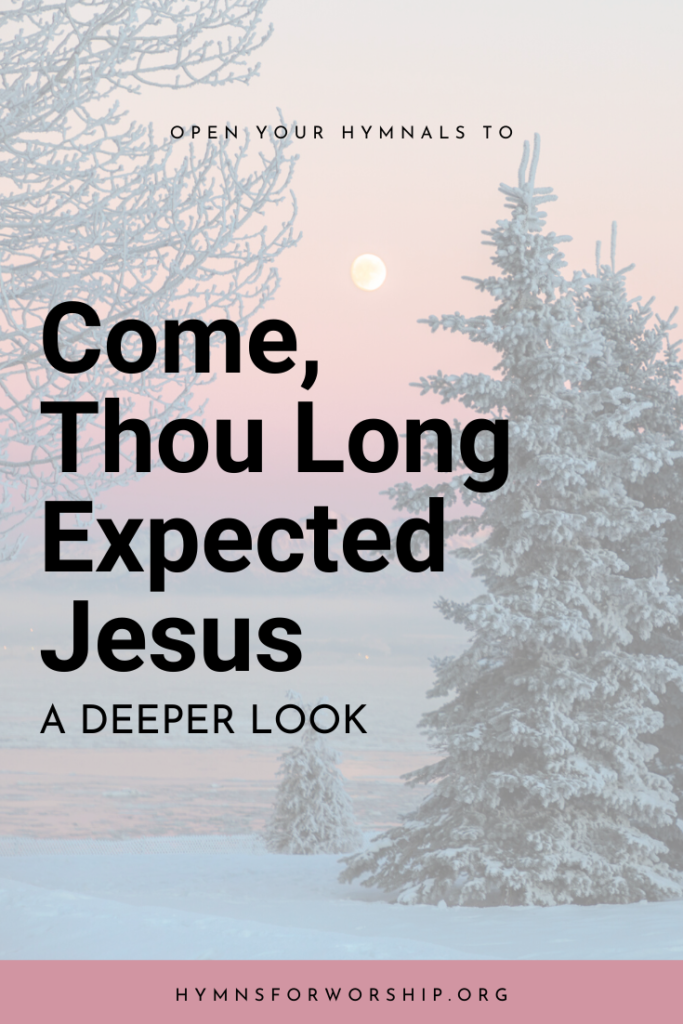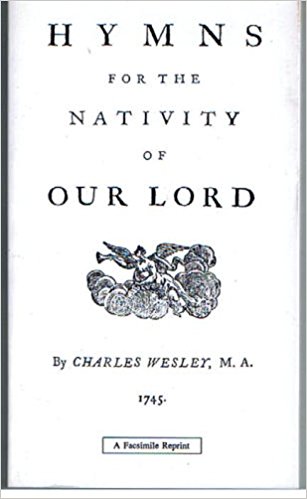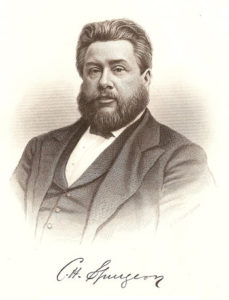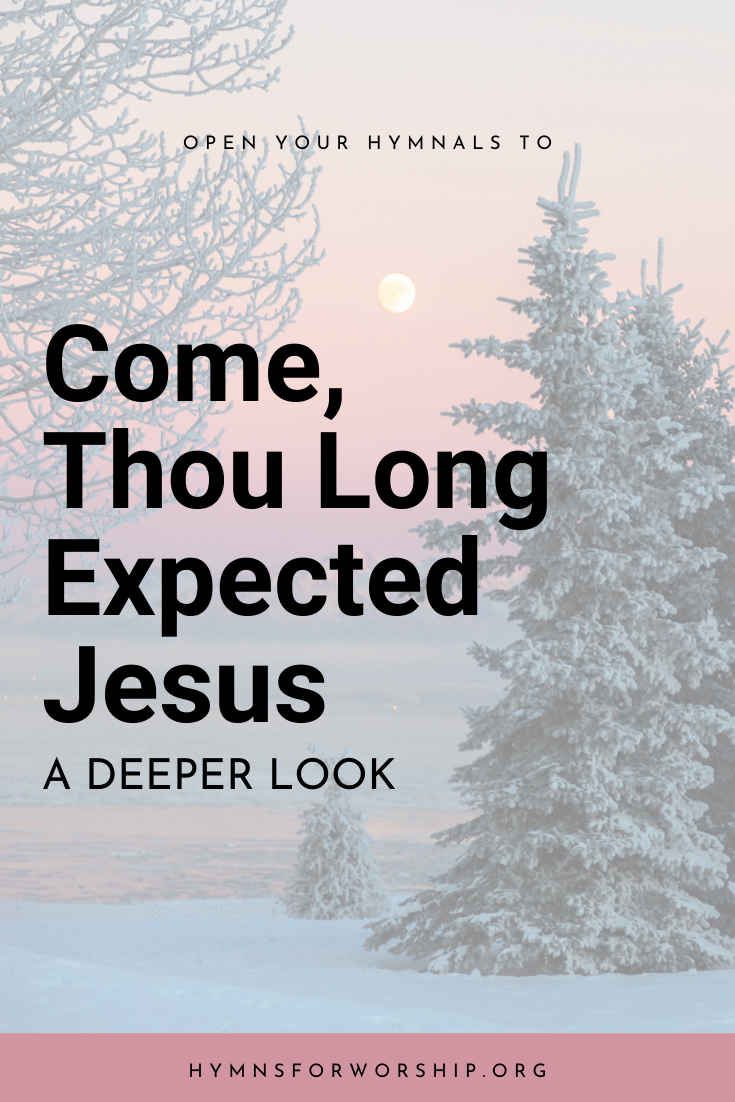
Charles Wesley could not have been more on point when he wrote about the “long expected Jesus.”
Adam and Eve looked forward to His coming when they first heard the promise. Every son that was born brought hope to parents that this could be the Messiah. From the days of Enoch, patriarch and prophets recalled this promise and talked about it over and over.
Yet, he did not come.
Then Daniel rightly prophesied His coming, but not everyone correctly interpreted the message. Hundreds of years passed, and it seemed like “every vision faileth.” (Ezekiel 12:22).
When He came, many expectations were shattered. Not everyone readily accepted that this long-expected Jesus” was to be “Israel’s strength and consolation,” the “hope of all the earth,” “dear desire of every nation,” and “joy of every longing heart.”
Related Post: Charles Wesley — Pastor, Poet & A Light Bearer for God
Why it’s not really a Christmas hymn

Originally, Wesley published it as a prayer in his “Hymns for the Nativity of our Lord,” with the intention for people to commemorate the birth of Jesus. As a result, the hymn made it to almost every English Christmas carol list.
But a closer look reveals that Wesley was not just talking about Christ’s first advent. He was able to look beyond and set the verses to also illustrate the Christian’s longing for His second coming.
In 1744 while aboard a train coach, Wesley pondered at the situation of orphans in the areas around him and the class divide in Britain at that time. This led him to remember the Bible text, Haggai 2:7. As is natural for his poetic way of thinking, a prayer resulted which included the words:
“Born Your people to deliver, born a child and yet a King, born to reign in us forever, now Your gracious kingdom bring. By Your own eternal Spirit, rule in all our hearts alone; by Your all sufficient merit, raise us to Your glorious throne. Amen.”
Related Post: Sheet music and Piano Accompaniment for “Come Thou Long Expected Jesus” (SDAH 204)
Popularity

“Come, Thou Long Expected Jesus” was the first of a number of Wesley’s hymns that became known as the “Festival hymns”. These “Festival hymns” were published outside of Methodism by German, John Frederick Lampe in 1746.
Moreover, the hymn was really made popular across Christian denominations via popular Baptist preacher, Charles Spurgeon. Spurgeon made a Christmas sermon in London in 1855 when he was 21 and included sections of “Come thou long expected Jesus” in it. He did this to illustrate his point that very few are “born king” and that Jesus was the only one who had been born king without being a prince.
As a result of the hymn’s growing popularity, including in the Church of England and American hymnals, the hymn was first published in the Methodist Wesleyan Hymn Book in 1875 after having previously been excluded.
Matching it with the “right” tune
The reason why the hymn had originally been excluded from the Methodist hymn book was that there had been no officially suitable music intended for it before then.
However, today it bears many tunes, most popularly STUTTGART and HYFRYDOL. The SDA Hymnal Committee favored the latter.
Related Post: Check out the hymn that used STUTTGART
HYFRYDOL is Welsh for “tuneful,” “cheerful” or “pleasant.” This beloved tune was composed by Rowland Hugh Prichard in 1830 when he was still 19 years old. It was published with about forty of his other tunes in his children’s hymnal Cyfaill y Cantorion (The Singers’ Friend) in 1844.
Prichard (sometimes spelled Pritchard) was a textile worker and an amateur musician. He had a good singing voice and was appointed precentor in Graienyn. Many of his tunes were published in Welsh periodicals. In 1880 Prichard became a loom tender’s assistant at the Welsh Flannel Manufacturing Company in Holywell.
In the original three-part harmonization, the melodic line is exchanged between the soprano and the tenor. The SDA Hymnal uses Ralph Vaughan William’s arranged version.
Related Post: Alternate harmonization for the hymn tune HYFRYDOL
Like this article? Share it!

